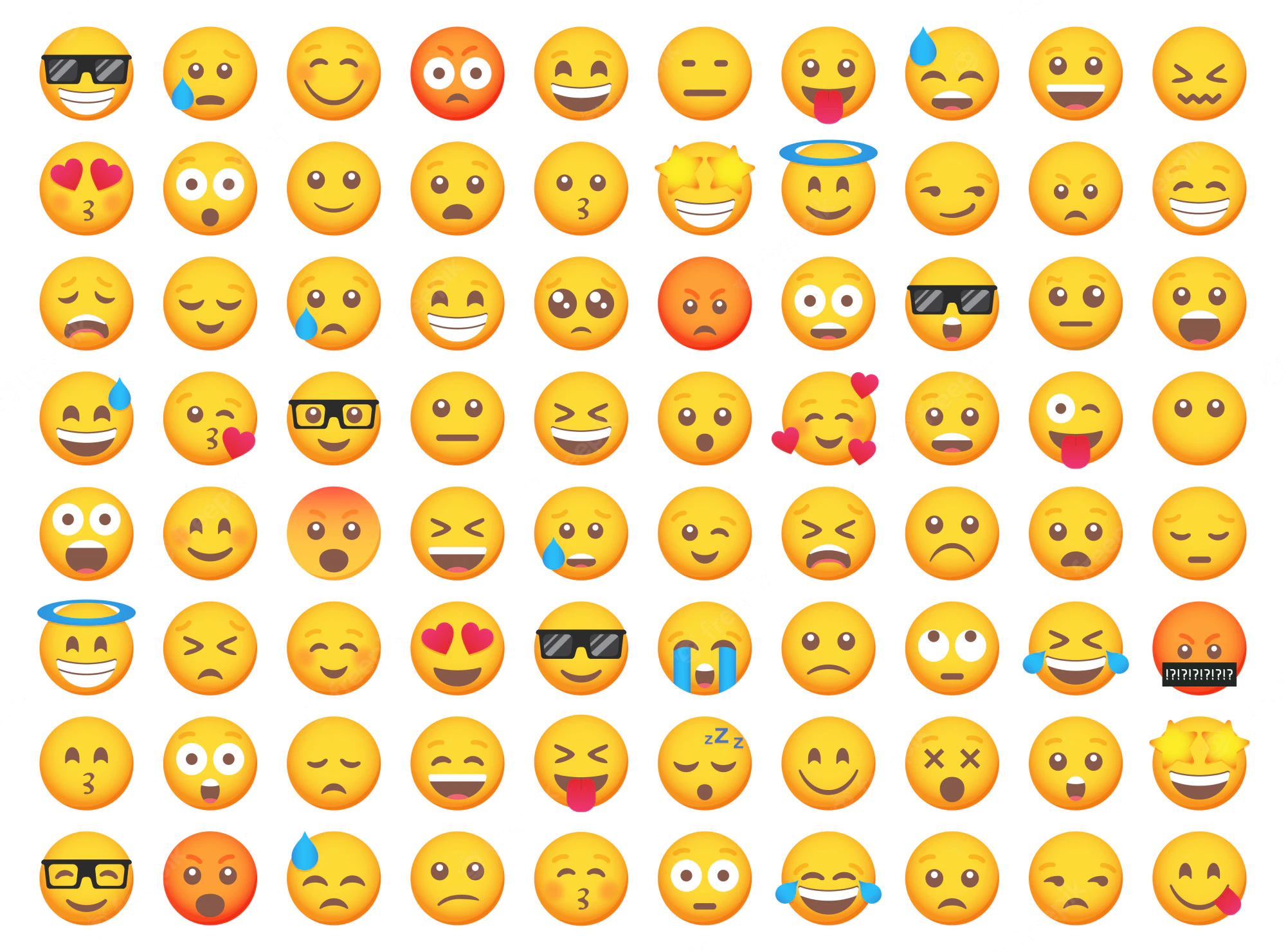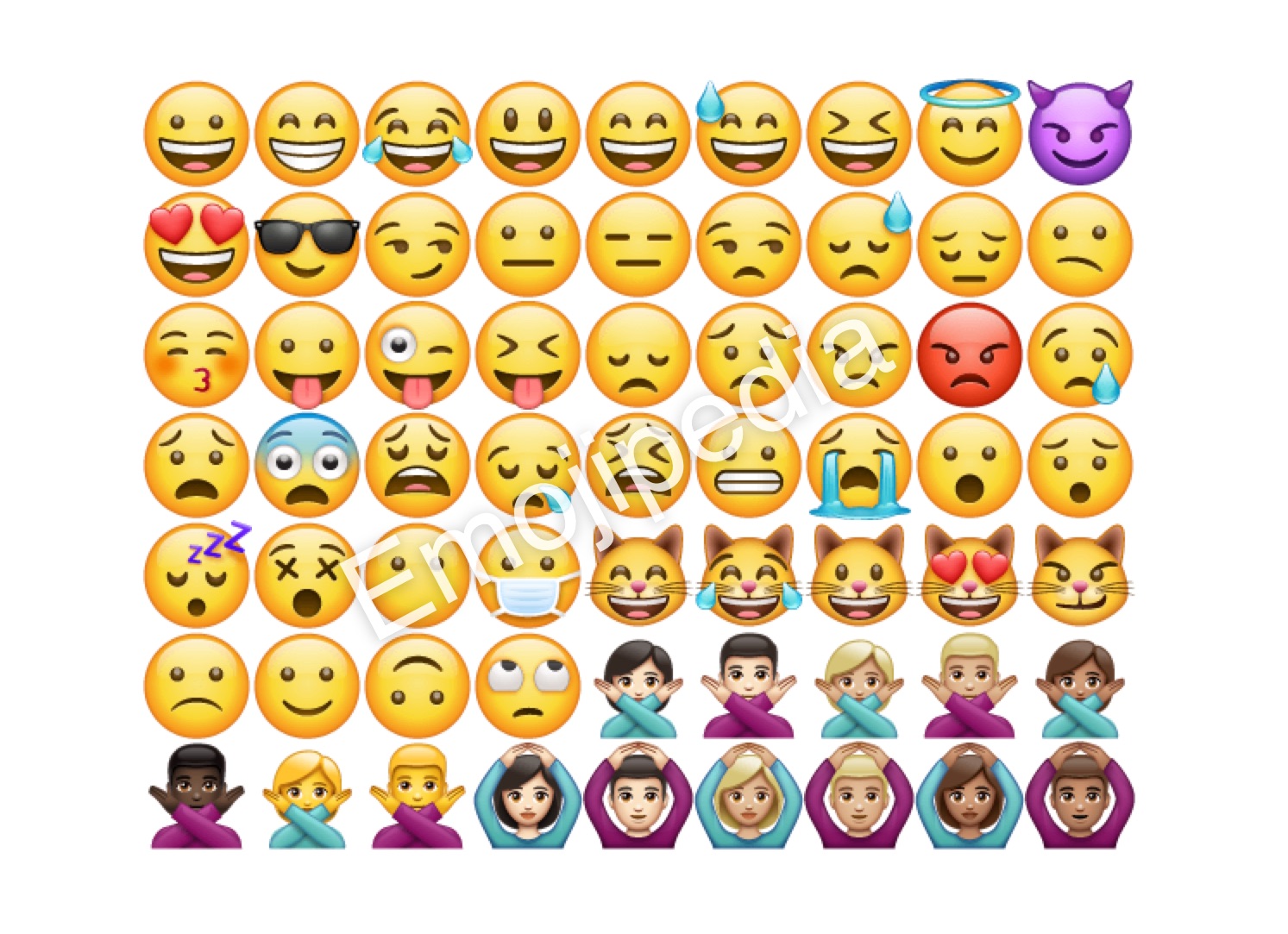Emoji Mashup Bot Tired Nerd - Digital Expression Unpacked
Have you ever stopped to think about how much our everyday conversations rely on those little pictures we send back and forth? It’s almost as if these small, colorful icons have become a language all their own, helping us get our feelings across without needing a whole lot of words. We use them for everything, from a quick laugh to showing we’re a bit sad, or even just to point out something cool. It really feels like they've woven themselves right into the fabric of how we talk to each other online, giving our messages a little extra something, you know?
So, when you consider how many of these little pictures exist and how often they change, it makes you wonder what goes on behind the scenes. There’s this whole world of digital characters, and someone, or something, has to keep track of them all. This is where the idea of an "emoji mashup bot tired nerd" comes into play. It’s a way of thinking about the quiet, often unseen, effort that goes into making sure these little images appear just right on your screen, no matter what device you happen to be using. It’s quite a lot of work, actually, to keep up with it all.
Imagine, if you will, a digital helper, a sort of dedicated collector of all things emoji, who spends its days making sense of these tiny symbols. This helper would be the one trying to piece together new combinations, making sure they look good, and keeping up with every single update. It’s a task that could, quite honestly, make even the most dedicated "nerd" feel a little worn out. This piece will explore the fascinating world of emojis, the quiet work that makes them tick, and perhaps, why our imaginary "emoji mashup bot tired nerd" might need a break.
- Lilmermaidxx Nude Pics
- Moisturized Unbothered Meme
- Beterbiev Vs Bivol Compubox
- Melek Azad Ifsa
- Taylor Champ Onlyfans
Table of Contents
- The Story Behind Our Digital Smileys
- What Happened to the Classic Look?
- How Do These Tiny Pictures Even Work?
- Can You Just Grab and Share Any Emoji?
- Why Might an "Emoji Mashup Bot Tired Nerd" Be Feeling Worn Out?
- What's Next for Our Picture Characters?
The Story Behind Our Digital Smileys
It’s really interesting to think about where these little pictures, the ones we send so freely, actually started. For many of us, they just seem to be there, a natural part of our phone keyboards and messaging apps. But there's a whole story behind them, a kind of beginning that shaped how we talk today. It’s not just a random collection of images; there’s a thoughtful origin to these expressive icons that helps us get our points across in a much more colorful way. So, you know, it’s worth a moment to consider that background.
Where Did Our Little Pictures Come From?
The very idea for "emoji" actually came from Japan, which is pretty cool when you think about it. The word itself is a blend of two Japanese words: "e," meaning "picture," and "moji," meaning "character." This combination really tells you what they are all about – they are picture characters, plain and simple. Unlike those older text-based smiley faces, which were just symbols put together to make a face, these are actual little drawings. They represent all sorts of things: people's faces, different feelings, everyday items, various creatures, yummy food, and just about anything else you can think of that might pop up in a text message. Our "emoji mashup bot tired nerd," if it could think, would probably appreciate this clear distinction, as it has to deal with the visual nature of these symbols.
These small, expressive icons first appeared a while ago, and they quickly became a popular way to add a bit of personality to plain text. They gave us a way to show a quick laugh, a big heart, or even a spooky pumpkin without typing out a whole sentence. This ability to add visual cues to our conversations really changed things for a lot of people. It made digital talk feel a little more like talking face-to-face, or at least, that's how it felt for many. The "emoji mashup bot tired nerd" would have seen this shift happen, watching as simple text gave way to a world full of tiny pictures, each needing to be recognized and processed.
- Sage Roux Pegging
- Mc Mirella Vazado
- Bros Uncovered Intimate Glimpses Into The World Of Bicurious Boys
- Rebecca Grant Twerking
- K4 Mora Video
The journey from a simple idea to a worldwide communication tool involves a lot of careful work behind the scenes. Every single emoji you see, from a cheerful sun to a slice of pizza, has a specific meaning and a place in a big, organized list. This list helps make sure that when you send a crying face from your phone, the person on the other end sees the same crying face, or at least a very similar one, no matter what kind of device they are using. This kind of standardization is what makes these little pictures work across different systems, which, you know, is quite a feat in itself.
What Happened to the Classic Look?
Just like anything else that sticks around for a while, emojis have their own history of changes and shifts. Things that were once very common can sometimes fade away, making room for new styles and ways of doing things. This kind of evolution is pretty typical for digital tools, especially those that are used by so many people across the globe. It's almost like fashion, but for our tiny digital pictures. So, it’s not too surprising that even something as seemingly fixed as an emoji design can go through a big change, leaving some of the older looks behind.
When an "Emoji Mashup Bot Tired Nerd" Sees Docomo's Design Changes
Not too long ago, there was a piece of news that marked a real moment for those who remember the early days of emojis. It was announced that Docomo’s emoji designs, which were some of the first ones out there, would no longer show up on any of their Japanese mobile phones. This news really marked the close of an era for emojis, one that had started way back when these little pictures first began to appear on phones. For our "emoji mashup bot tired nerd," this kind of change would be a big deal, signaling that a whole set of visual data it might have known for a long time was now, essentially, retired.
Think about it from the bot’s perspective, if a bot could have a perspective. It would have collected, sorted, and maybe even tried to combine these Docomo designs for ages. They were a foundational part of its early training, perhaps, a part of the original set of images it learned to work with. Then, suddenly, those particular designs are no longer active, no longer something it needs to keep ready for display. This means the bot has to update its internal records, letting go of the old and making sure it only works with the current, active versions. It’s a process of letting go, in a way, of something that was once a very important part of its digital world. This kind of update, you know, happens all the



Detail Author:
- Name : Mike McGlynn
- Username : tia.koepp
- Email : austin45@gmail.com
- Birthdate : 2001-09-19
- Address : 39749 Alisha Pine Apt. 394 North Jacky, CA 85292
- Phone : (551) 742-8164
- Company : Thompson, Muller and Ullrich
- Job : Metal-Refining Furnace Operator
- Bio : Labore maiores et porro laudantium id. Ex enim dolore magnam optio sit. Commodi aut beatae commodi totam sint ut assumenda nihil.
Socials
instagram:
- url : https://instagram.com/mrowe
- username : mrowe
- bio : Sit maiores est accusantium. Rerum voluptatem dignissimos unde.
- followers : 2796
- following : 2579
twitter:
- url : https://twitter.com/malika_rowe
- username : malika_rowe
- bio : Officia sint beatae quis ut quo est quis. Sunt quam corporis totam dolorem fuga illum. Voluptatibus nesciunt molestiae illum vel eum quam molestias.
- followers : 6347
- following : 2828